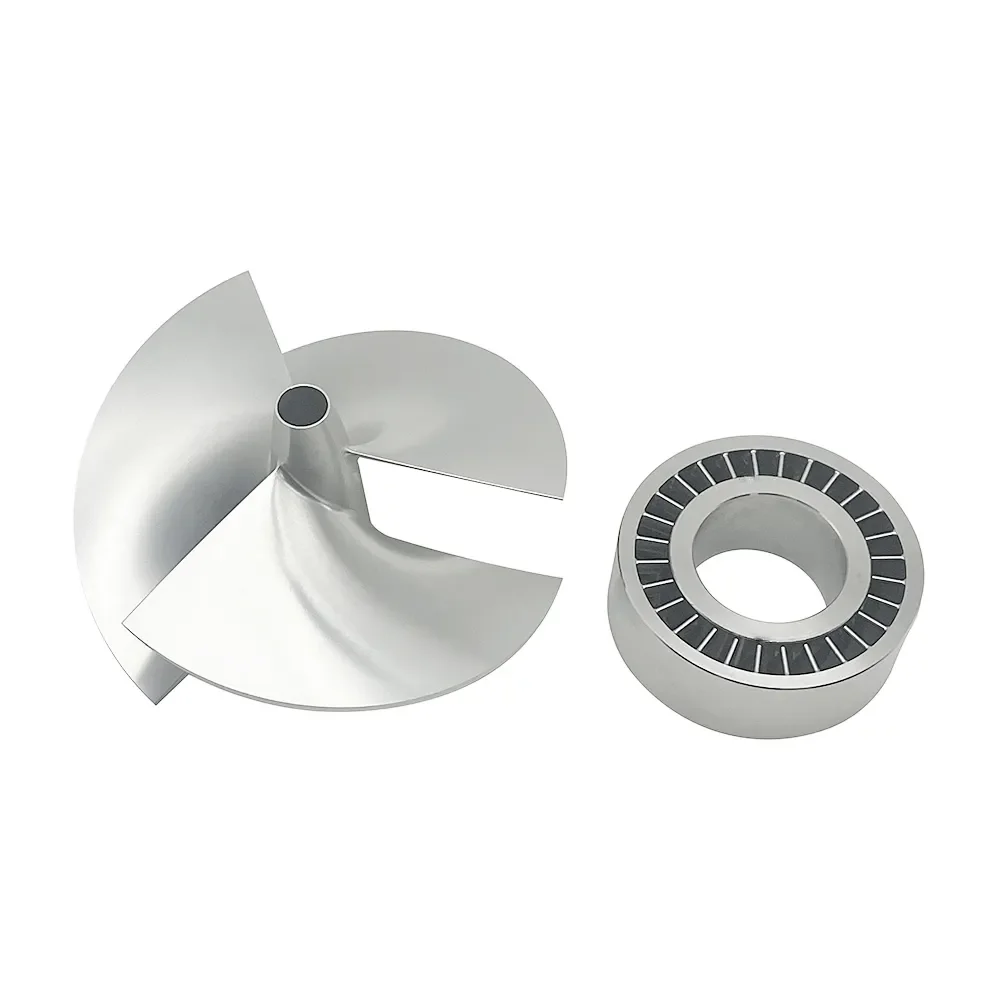- This topic is empty.
-
AuthorPosts
-
In the manufacturing industry, precision engineering plays a key role in ensuring product longevity, performance and aesthetics. Anodized aluminium is a material that is becoming increasingly popular due to its strength, lightweight properties and corrosion resistance. When combined with a CNC turning service, it offers an unrivalled level of customisation and quality. In this blog post, Vibo will share the applications and features of anodized aluminium CNC turning service.
Why Choose CNC Turning for Anodized Aluminium?
CNC (Computer Numerical Control) turning is a manufacturing process that uses a machine to rotate a workpiece and precisely cut away material to create the desired shape. CNC turning provides an unparalleled level of accuracy, repeatability, and flexibility. When anodized aluminium is used with CNC turning services, manufacturers can achieve complex geometries, tight tolerances, and smooth surface finishes.
1. Precision and Accuracy: CNC turning allows for precise shaping of anodized aluminium parts, down to fractions of a millimeter. This level of accuracy ensures that the final product meets the exact specifications required by the client.
2. Complex Geometries: CNC turning is well-suited for creating parts with intricate features, such as grooves, threads, and varying diameters. Even with anodized aluminium, which is often used for its strength and aesthetic qualities, the precision of CNC turning ensures the material is shaped without compromising its integrity.
3. Efficiency and Speed: CNC machines can perform turning operations automatically, significantly reducing the time needed to produce a part. For large-volume production runs, CNC turning services offer both speed and consistency, allowing manufacturers to meet deadlines without sacrificing quality.
4. Surface Finish: One of the standout features of anodized aluminium is its smooth, uniform surface finish. CNC turning is ideal for ensuring the final product maintains a polished and aesthetically pleasing appearance, while also achieving the necessary functionality. The anodized layer remains intact and undamaged during the machining process, preserving the integrity of the material.
5. Cost-Effectiveness: While anodized aluminium is generally more expensive than untreated aluminium, combining anodized aluminium with CNC turning can be a cost-effective solution. The durability and reduced maintenance requirements of anodized aluminium make it a long-term investment, and CNC turning ensures that manufacturers can create high-quality components at scale without excessive waste or errors.

Applications of Anodized Aluminium CNC Turning Service
Anodized aluminium CNC turning services are used across a wide range of industries. The versatility of anodized aluminium makes it suitable for applications where both strength and visual appeal are necessary.
1. Aerospace: In aerospace engineering, anodized aluminium is commonly used for structural components that need to withstand extreme temperatures, corrosive environments, and heavy wear. CNC turning ensures the precise fabrication of parts such as brackets, housings, and frames, which must meet stringent specifications and endure the harsh conditions of flight.
2. Automotive: For the automotive industry, anodized aluminium offers strength and weight-saving properties. CNC turning services are used to produce parts such as engine components, housings, and wheels, all of which benefit from the durability and aesthetic qualities of anodized aluminium.
3. Electronics: Anodized aluminium is widely used in the electronics industry for creating heat sinks, enclosures, and other critical components. The ability to anodize aluminium allows these parts to not only function well but also look sleek and modern, making it ideal for consumer electronics.
4. Medical Devices: Anodized aluminium' s resistance to corrosion and wear makes it ideal for medical device components. CNC turning ensures that these components are produced to tight tolerances, crucial for devices that must meet high standards of safety and functionality.
5. Consumer Goods: Many high-end consumer products, including smartphones, cameras, and kitchen appliances, use anodized aluminium for both its aesthetic and practical properties. CNC turning helps in producing parts with intricate designs and smooth finishes.
Benefits of Anodized Aluminium CNC Turning Service
1. Improved Durability: Anodizing improves the hardness of the aluminium, making it more resistant to scratches, wear, and damage. This is particularly important for parts exposed to frequent handling or extreme conditions.
2. Enhanced Corrosion Resistance: The anodized layer provides an added layer of protection against moisture, chemicals, and environmental factors. For products used in marine, automotive, or aerospace applications, this ensures a longer lifespan.
3. Better Aesthetics: Anodized aluminium can be dyed in various colors and has a modern, high-quality appearance. CNC turning can help produce fine details and a smooth finish, which is essential for consumer-facing products.
4. Reduced Maintenance: The durable nature of anodized aluminium means that parts will require less maintenance over their lifespan, making it a cost-effective material choice in the long run.
Conclusion
Anodized aluminium CNC turning service combines the strength, versatility, and aesthetic appeal of anodized aluminium with the precision and efficiency of CNC turning. Whether you' re looking for highly detailed parts for aerospace, automotive, electronics, or consumer goods, anodized aluminium offers durability and beauty, while CNC turning ensures the accuracy needed to meet exacting specifications. By choosing anodized aluminium and CNC turning, you ensure that your products are not only functional but also stand out in terms of design and longevity.
https://www.viboprecision.com/Applications-of-Anodized-Aluminium-CNC-Turning-Service.html
-
AuthorPosts